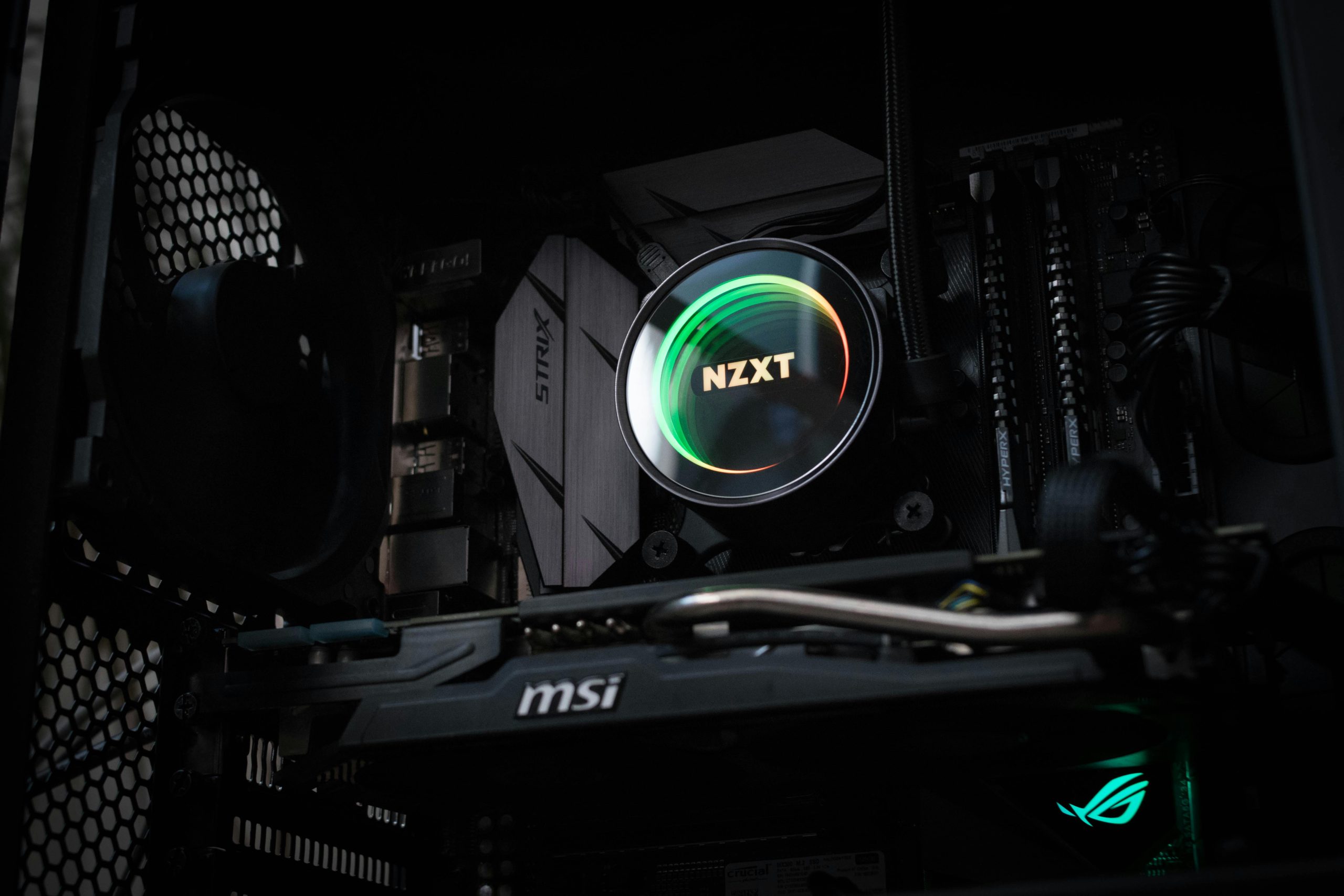Troubleshooting DisplayPort Initialization Issues with NVIDIA RTX 3080 Ti on ASUS ROG STRIX X870E-E Motherboard
Introduction
Many PC enthusiasts and gamers rely on high-performance hardware configurations to achieve optimal visual experiences. However, hardware compatibility and initialization issues can sometimes lead to frustrating troubleshooting scenarios. One such issue involves the initialization of DisplayPort connections on systems equipped with NVIDIA’s RTX 3080 Ti graphics cards and ASUS motherboards.
In this article, we’ll explore a common problem—DisplayPort connection failures during system POST (Power-On Self-Test)—and discuss potential solutions based on real-world user experiences.
Understanding the Issue
Consider a system built around an ASUS ROG STRIX X870E-E motherboard paired with a Zotac RTX 3080 Ti graphics card and an AORUS FO27Q3 OLED monitor. The user reports that when connecting the monitor via DisplayPort, the system displays a POST code 99 and fails to output any image. Interestingly, connecting the monitor through HDMI during startup results in a successful boot, allowing Windows to load properly. Once Windows is active, the user can disconnect HDMI and connect via DisplayPort without issues, indicating the problem primarily manifests during POST.
Technical Context
The POST code 99 on ASUS motherboards typically indicates a memory initialization issue or a problem with the display output during early boot stages. Incompatibilities or initialization conflicts between the motherboard, graphics card, and monitor may cause the system to halt or display no output during these phases.
Key points include:
– The problem occurs only during POST; once Windows loads, the DisplayPort functions correctly.
– Updating BIOS and graphics drivers has not resolved the issue.
– A workaround involves booting via HDMI and then switching to DisplayPort after Windows loads.
Potential Causes and Solutions
- BIOS Settings Adjustment
- Access the BIOS settings and look for options related to graphics initialization, primary display output, or compatibility modes. Setting the primary display to PEG (PCI-Express Graphics) and enabling IGFX (Integrated Graphics) if available can sometimes assist.
-
Disable any fast boot or ultra-fast boot options that might bypass certain POST routines.
-
Firmware and Driver Updates
- Ensure the motherboard BIOS is updated to the latest version, as manufacturers regularly release updates to improve hardware compatibility.
-
Keep the GPU drivers up to date. Consider using a clean installation method to remove previous driver remnants.
-
DisplayPort Configuration
- Check whether the monitor’s firmware
Share this content:



